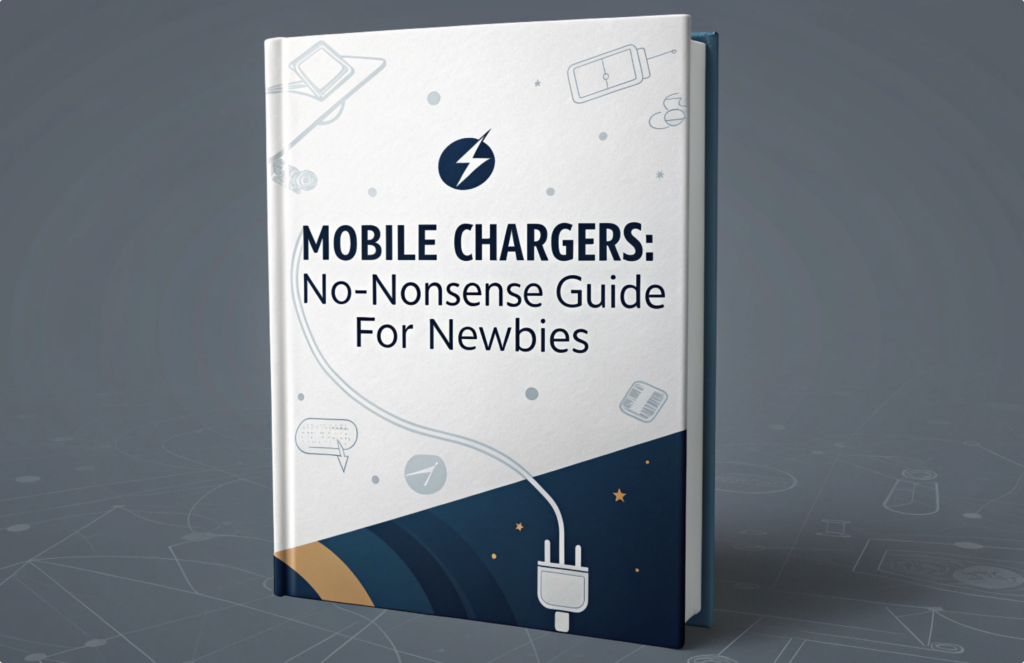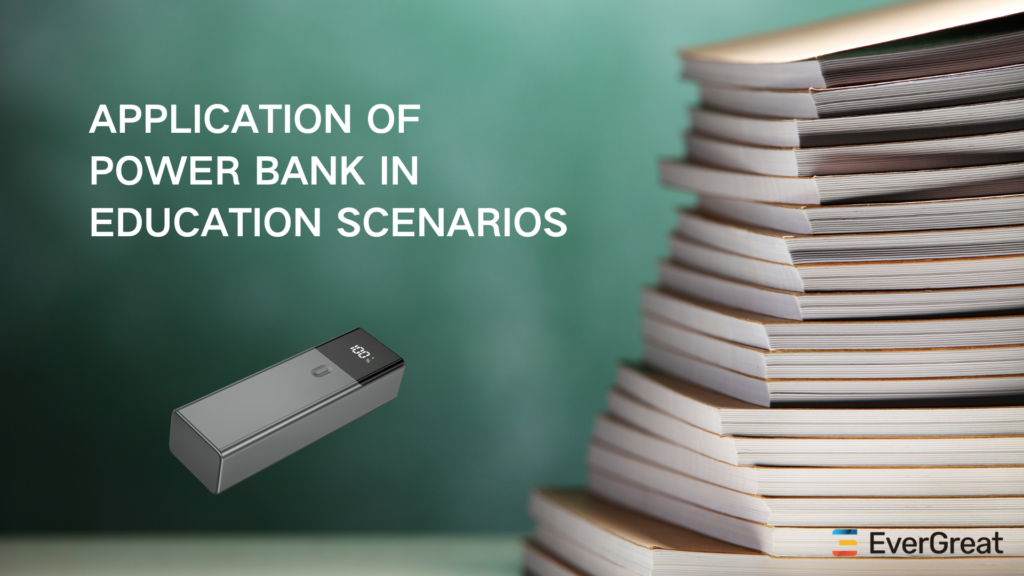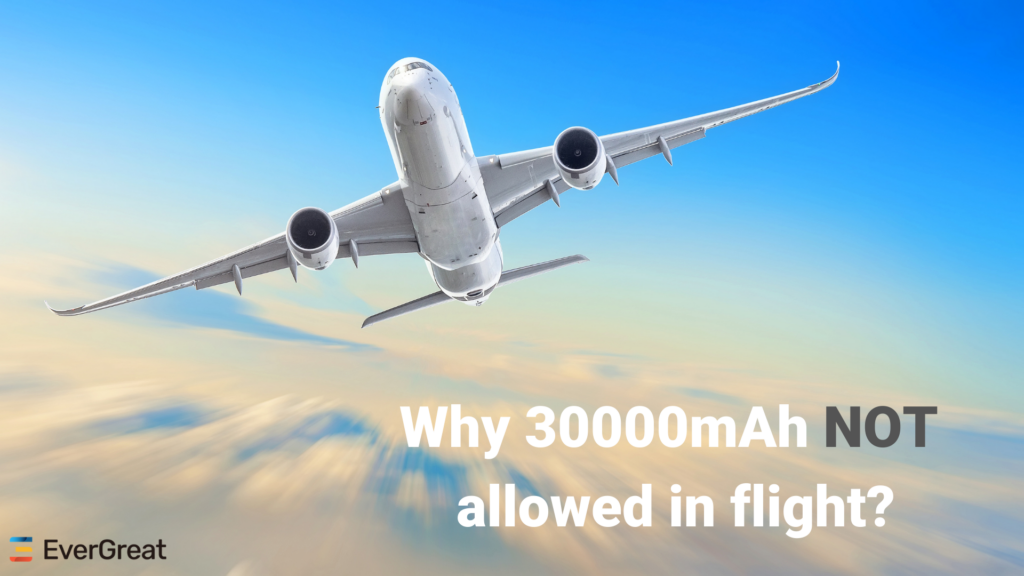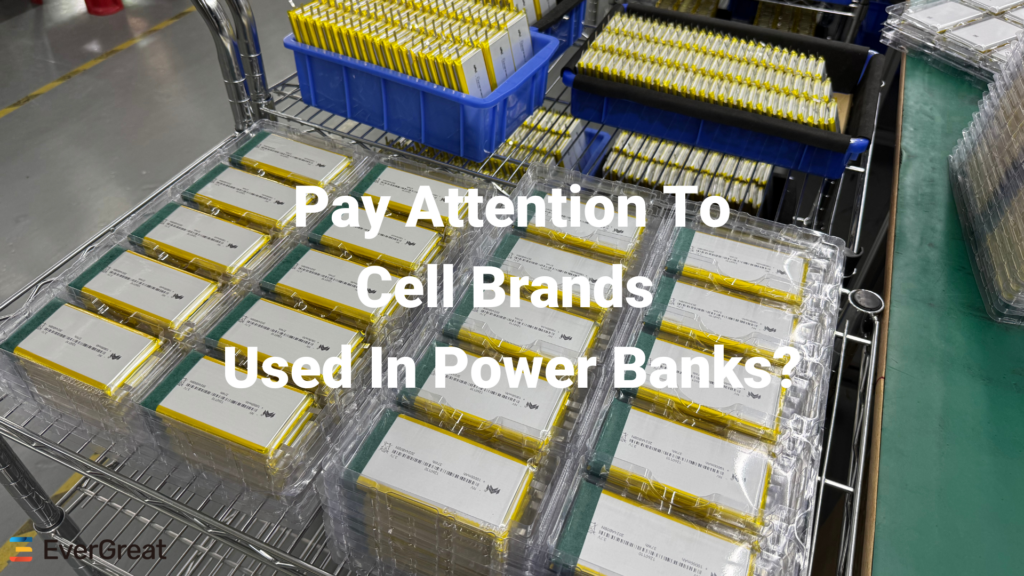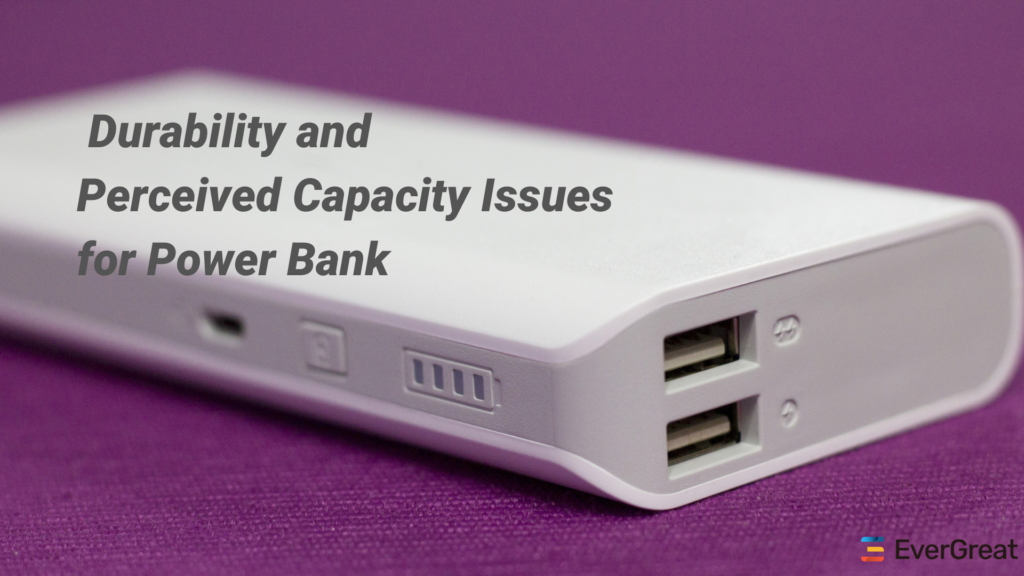
In today’s world, it’s hard to imagine life without smartphones. Whether it’s staying in touch with loved ones, browsing social media, or getting work done on the go, smartphones have become an essential part of our daily lives. However, the more we use our phones, the faster their batteries drain, leaving us helpless when we need them the most.
This is where portable chargers come in handy. These portable devices allow us to charge our phones anytime, anywhere, ensuring we never run out of battery when we need it most. But what happens when the portable charger itself runs out of power? Can you use a phone charger to charge it?
Yes, you can use a phone charger to charge a portable charger!
In fact, most portable chargers do not come with a charger when you purchase them. So, it’s the responsibility of the customer to provide a suitable charger for their portable charger. Ideally, you should buy a compatible charger from the same brand as your portable charger. However, most people simply use their phone charger to charge their portable charger.
Before using a phone charger to charge a portable charger, you should pay attention to the following aspects to ensure a smooth and safe charging process:
1. First, it’s essential to check the compatibility between the portable charger and the phone charger. For example, if your mobile charger provides a low power output (such as 5V/1A), and it offers a voltage lower than what the portable charger requires, your portable charger will take longer to charge. On the other hand, in the unlikely event that the phone charger provides a voltage higher than what the portable charger needs, you should avoid using that specific charger. The power output levels (PDO) of each mobile charger are typically printed on the side of the device. You can check this before use or consult the manufacturer. However, with the continuous improvement of electronic device technology, most portable chargers on the market are equipped with various protective mechanisms, such as common Over-Discharge Protection and Over-Power Protection. These protective measures provide good protection for people who are less familiar with charging knowledge or those using mismatched mobile chargers.
2. Second, it’s important to use a high-quality and compatible USB cable to connect the phone charger to the portable charger. For example, if you have an iPhone that charges using a Lightning port, and your portable charger uses a Micro USB or USB-C port for charging, you will need an additional cable to charge the portable charger. However, some portable chargers come with their own charging cables, in which case you won’t need an extra cable. In addition to the need for a matching data cable, the quality of the USB cable is also important. Cheap, low-quality cables can lead to voltage drop or short-circuiting, potentially damaging your portable charger and posing safety risks.
3. Finally, charging habits are also important. Avoid overcharging or discharging too much, as it can damage the battery life of the portable charger and the charger itself. Also, ensure good ventilation in the charging environment, as prolonged charging at high temperatures can be dangerous. During the charging process, it’s advisable to regularly check the temperature and battery charging status of both devices to ensure everything is functioning normally.


